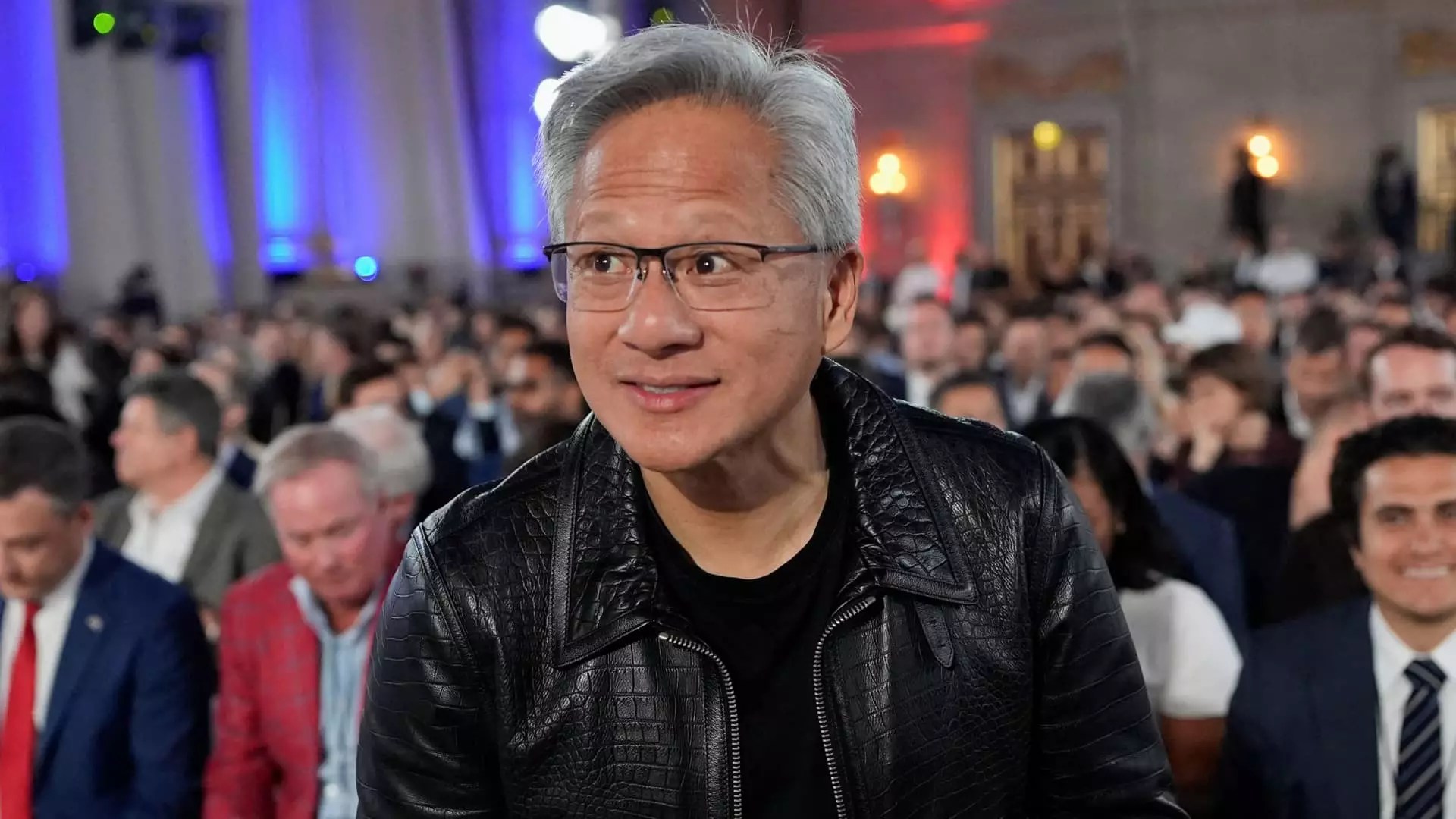Nvidia has long positioned itself as a leader in the artificial intelligence hardware revolution, but recent moves suggest a shift from pure innovation towards aggressive acquisition strategies. Spending over $900 million to hire Enfabrica’s top talent and license its cutting-edge technology signals a desire not just to lead but to dominate the AI ecosystem through strategic talent acquisition. While the industry often celebrates acquisitions as a means to accelerate progress, this latest transaction raises crucial questions about Nvidia’s overarching ambitions and the broader implications for competition in AI hardware development.
The deal, reminiscent of the tech giants’ recent “acquihires” – notably Meta’s $14.3 billion stake in Scale AI and Google’s recent billion-dollar talent and licensing deals – exemplifies an industry trend where intellectual capital and specialized talent are increasingly commodified. By acquiring Enfabrica’s leadership and technological core, Nvidia appears to be trying to secure a technological edge not just through organic R&D but by directly adding proven expertise and proprietary solutions into its fold. This approach could potentially stifle smaller innovators and startups, consolidating power within a few tech titans.
Artificial AI Infrastructure: Crossing the Rubicon
At the heart of this deal is Enfabrica’s innovative technology—its ability to connect more than 100,000 GPUs into a unified system—an advancement that could redefine the scale and efficiency of AI training infrastructures. Nvidia’s recent product evolution from single-processor chips to massive rack-mounted GPU clusters showcases its commitment to infrastructure that supports large language models and cloud AI services. The integration of Enfabrica’s tech is positioned to make these clusters exponentially more powerful and manageable.
However, this strategic move indicates Nvidia’s ambition to become not just a chipmaker but a comprehensive AI solutions provider. By licensing Enfabrica’s technology, Nvidia may be attempting to create an ecosystem where their chips, hardware connections, and system management software are all tightly integrated. This could lead to a significant advantage in the increasingly competitive AI hardware landscape, but it also suggests a potential overextension that could stifle innovation from smaller startups.
Implications for Competition and Market Dynamics
While giants like Meta, Google, and Amazon have pursued aggressive acquisition strategies—often to acquire top-tier talent—Nvidia’s approach has been comparatively conservative, focusing primarily on strategic investments rather than full acquisitions. Their recent $5 billion stake in Intel and investments in startups like Nscale signal a desire to diversify and build collaborative alliances rather than eliminate competitors outright.
But the underlying concern remains: does Nvidia’s expanding influence threaten to cement a dominating position that could inhibit open innovation? In the center-left wing of the tech discourse, there’s often a cautious recognition that too much concentration of power—especially within a single corporate entity—can jeopardize market dynamism and consumer choice. Nvidia’s move, albeit strategic, might accelerate the monopolization of AI hardware, leaving smaller competitors and open-source initiatives at a disadvantage.
This raises the question: is Nvidia’s growth simply a pursuit of technological mastery, or is it risking the creation of an AI infrastructure oligopoly? The company’s history reveals a pattern of prudent investments—such as Mellanox, Mellanox’s networking tech, and its failed Arm acquisition—suggesting a strategic caution. Yet, the more recent high-dollar deals indicate a willingness to leverage acquisitions as a shortcut to technological dominance.
Nvidia’s latest nearly billion-dollar investment underscores its strategic shift from cautious innovator to aggressive industry leader. While short-term gains in talent and technology are undeniable, the long-term implications for competition, innovation, and the democratization of AI remain uncertain. As the AI industry accelerates toward consolidation, Nvidia’s maneuvering hints at a desire to cement its place at the pinnacle, potentially at the expense of a healthy, competitive landscape. Critics must weigh whether this is a necessary evolution or a warning sign of unchecked corporate expansion aiming to shape—and potentially restrict—the future of AI technology.

